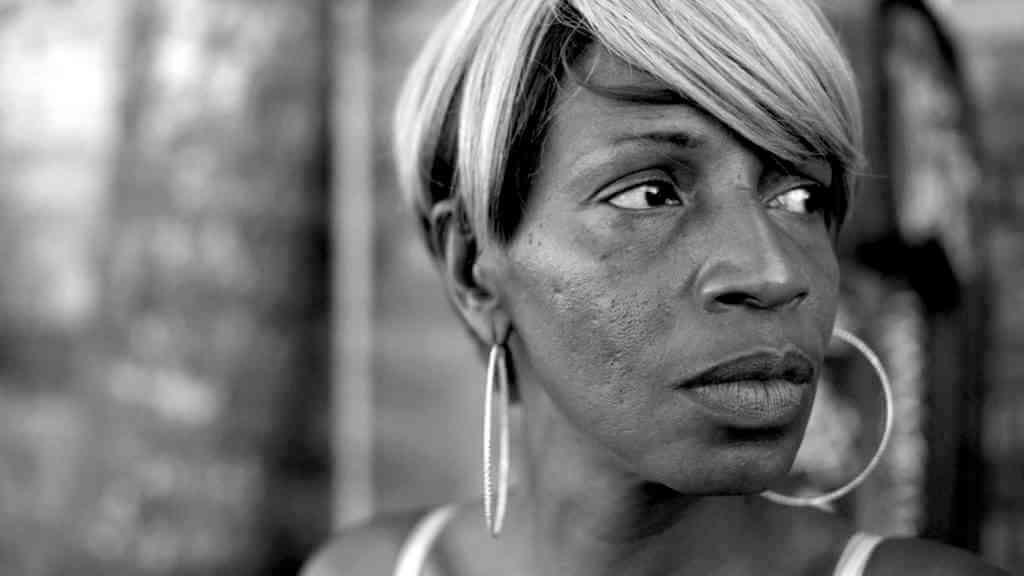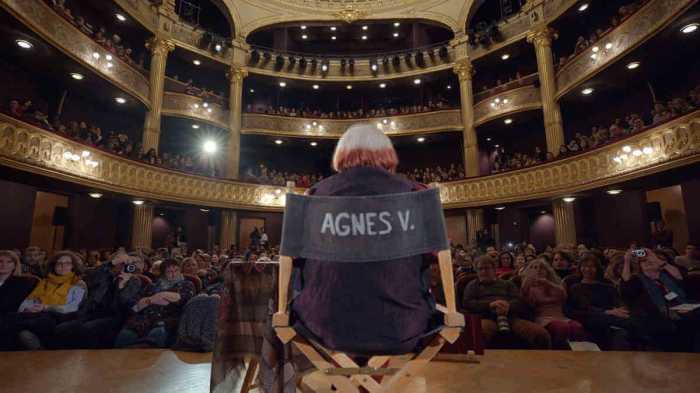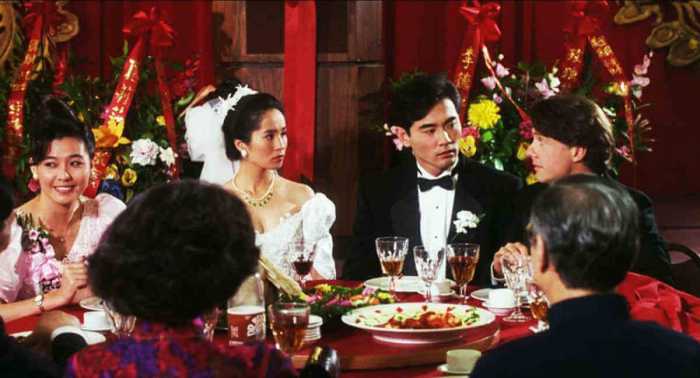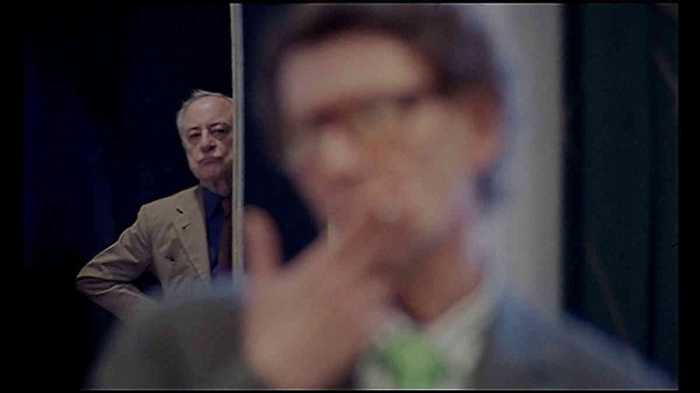The title of Roberto Minervini’s “What You Gonna Do When the World’s On Fire?” applies to every American. Indeed, everyone alive today could ask themselves the same as climate change threatens to make the planet uninhabitable. But Minervini zooms in on a small, specific African-American community in Louisiana and Mississippi. Although born in Italy, he moved to Houston and has become a regional filmmaker, chronicling the American South. His last two films depicted conservative American cultures to which he had access because he’s related to the subjects. His last film, “The Other Side,” split into two parts: one focusing on a right-wing militia and the other on a heroin addict living a precarious existence on parole.
Minervini found an uneasy distance in depicting these men. The militia leader in “The Other Side” is a veteran whose experiences fighting America’s forever wars in the Middle East brought him to some cogent conclusions about them. Then, in the next breath he would spout off nonsense like, “Obama will let the UN invade to take all our guns away.” Mark Kelley allowed Minervini to film him and his partner Lisa Allen shooting heroin and having sex. If these acts were real and something they would’ve done anyway, is it accurate to say that there’s a degree of fiction in the film if they were staged for it?
“What You Gonna Do When the World’s On Fire?” takes Minervini to a further remove from his subjects. His essay for Cinema Scope magazine about Trumpist cinema shows that he didn’t sympathize with the politics of the militia and Mark (who has a fondness for calling Obama racial slurs). His latest film turns its attention to people targeted by the hatred of the subjects of “The Other Side.” Is there a political dimension to his switch to black-and-white cinematography?
Paradoxically, “”What You Gonna Do When the World’s On Fire?” is beautifully photographed, with lush images that could go up on a gallery wall as stills, while depicting a community ravaged by racism, poverty, and violence. However much Minervini sympathizes with the politics of the New Black Panther Party for Self-Defense (which this film depicts in several meetings and protests), he’s an outsider to them. When he films them confronting the police, he’s in little danger of getting tazed and arrested.
Here, Minervini balances character study and political drama very well. Judy Hill is the closest “What You Gonna Do When the World’s On Fire?” has to a main character. A singer who has finally achieved her goal of owning a bar, she knows how precarious her situation is. Around 90 minutes into the film, she reveals some secrets in her past, attempting to help another woman who is in a similar situation. The film also devotes attention to Ronaldo and Titus, two teenagers who are very conscious of the danger that adolescence poses for black youth. A subplot about performances by Mardi Gras Indians feels thrown in for relief from all this.
“The Other Side” and “What You Gonna Do When the World’s On Fire?” describe very different aspects of the same country. Depicting intense emotions at a distance, they run the risk of voyeurism in different ways. Can someone who’s high on heroin consent to whatever might follow while being filmed? Minervini frequently films the New Black Panthers outside, chanting “Black power! Fuck the police!,” but he also captures intimate scenes of emotional vulnerability that seem remarkably un-self-conscious.
On the other hand, his subjects have a clear answer to the question posed in this film’s title, while the writer of these words has posted a lot of angry tweets and, at most, donated to charities and contacted my senators and representatives. If their lives are extremely difficult, at least they’re actively taking on the insurgence of the KKK and racist murders in their neighborhoods. “What You Gonna Do When the World’s On Fire?” doesn’t have any clear solutions. Obviously, a song following the arrest of several activists is no answer to America’s problems. But the film’s mixture of political rhetoric and a respect for its subjects’ experience of everyday life, while showing the connections between the two, offers some implicit hope. So does the way it finds beauty in situations guaranteed to cause trauma without minimizing the damage being inflicted on this community.
WHAT YOU GONNA DO WHEN THE WORLD’S ON FIRE? | Directed by Roberto Minervini | KimStim | Opens Aug. 16 | Film at Lincoln Center, 144 W. 65th St. | filmlinc.org





































